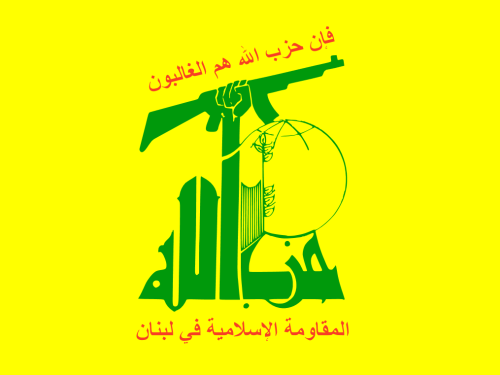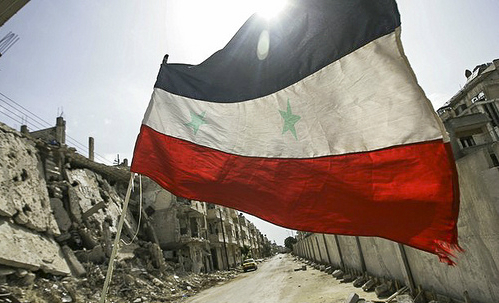
This article was originally published by the LSE Review of Books, hosted by the London School of Economics and Political Science, on 23 March, 2015.
The Hizbullah Phenomenon: Politics and Communication. Lina Khatib, Dina Matar and Atef Alshaer. Oxford University Press. 2014.
In The Hizbullah Phenomenon: Politics and Communication, Lina Khatib, Dinar Matar and Atef Alshaer offer a comprehensive analysis of the group’s sophisticated political communication strategy since its inception in 1982. Although they offer no startling insights into the group’s socio-political aims and approaches within Lebanon or its relations with foreign powers, their contribution lies in their detailed analysis of how Hizbullah has continuously sought to legitimise and market itself to domestic and foreign audiences. This is a highly valuable contribution that sheds much needed light on a key causal dimension in the movement’s endurance.



